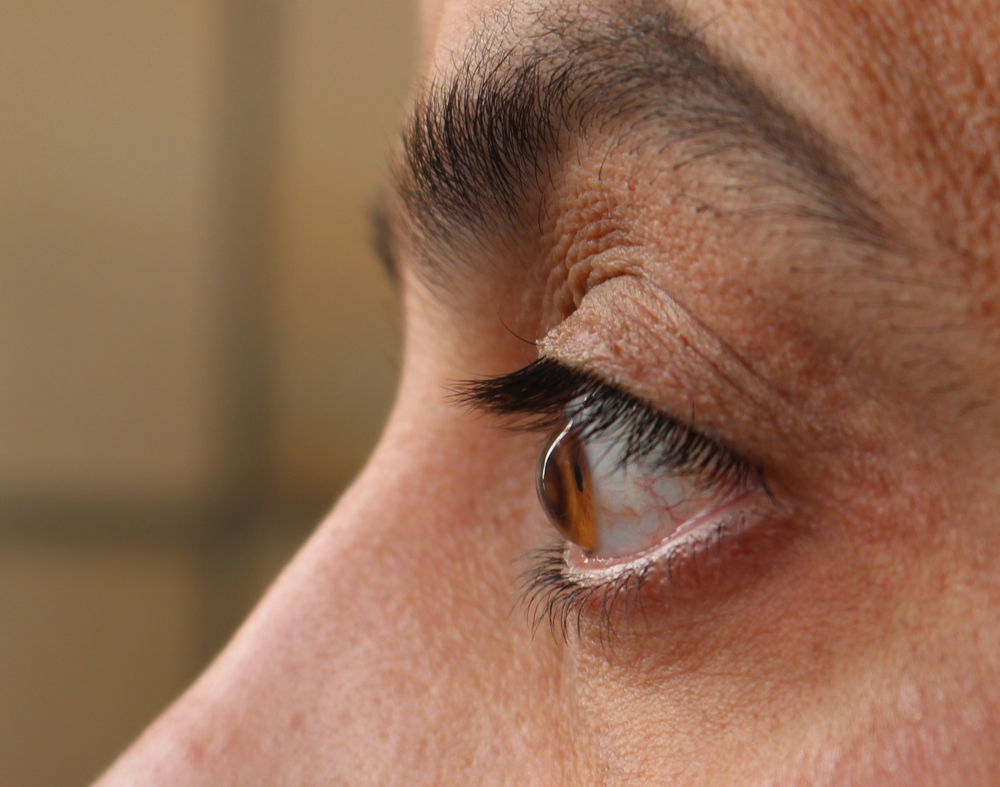
Keratoconus is a progressive eye condition that affects the shape of the cornea, causing it to bulge into a cone-like shape. If you have recently been diagnosed with keratoconus or suspect that you may have it, you may be wondering how quickly the condition progresses and what treatment options are available.
What is Keratoconus?
Keratoconus is a corneal disorder that typically begins during adolescence or early adulthood. It is characterized by thinning and weakening of the cornea, leading to its abnormal shape.
One of the primary indicators of keratoconus is a progressive deterioration in vision. In the early stages of the condition, individuals may experience frequent changes in their eyeglass or contact lens prescriptions. As keratoconus progresses, the cornea becomes more irregular, leading to astigmatism and possibly nearsightedness. Other common symptoms include increased sensitivity to light, glare, and distorted or double vision. If you are experiencing any of these symptoms, it is crucial to consult an optometrist for a comprehensive examination.
Factors that Affect the Progression of Keratoconus
Several factors can influence the progression of keratoconus, including age, genetics, and environmental factors. Individuals with a family history of keratoconus are also at a higher risk of developing the condition and experiencing a more rapid progression. Additionally, excessive eye rubbing, chronic eye irritation, and certain systemic conditions, such as allergies and connective tissue disorders, can contribute to the progression of keratoconus.
How Quickly Does Keratoconus Progress?
The rate at which keratoconus progresses varies from person to person. Some individuals may experience a slow progression over several years, while others may notice rapid changes in their vision within a few months. It is important to note that early detection and intervention can help slow down or even stop the progression of keratoconus. Regular follow-up visits with your optometrist are essential to monitor the condition and make necessary adjustments to the treatment plan.
Treatment Options for Keratoconus
The goal of treating keratoconus is to improve vision and halt the progression of the condition. Rigid Gas Permeable (RGP) lenses are a common choice for correcting vision in individuals with keratoconus. These lenses provide clear vision by creating a smooth refractive surface over the irregular cornea. There are different types of RGP lenses available, each offering specific benefits based on individual needs.
Scleral lenses are large-diameter RGP lenses that vault over the cornea and rest on the sclera, the white part of the eye. They are used to provide a smooth refractive surface over irregular corneas, offering improved vision and comfort.
Another type of RGP lens is a hybrid lens. Hybrid lenses combine a rigid gas permeable center with a soft lens skirt around it. They are designed to provide the clear vision of RGP lenses and the comfort of soft lenses.
There are many other types of RGP lenses for keratoconus, and even certain soft contact lenses can be appropriate for some patients with the disease. Each type of lens has specific design features that make them suitable for addressing the unique challenges presented by this condition. It's essential to consult with an optometrist for a contact lens fitting to determine the most suitable type of contact lens for your specific needs.
Schedule Your Consultation with Vintage Optical Today
If you have been diagnosed with keratoconus or suspect that you may have it, understanding the progression of the condition and the available treatment options is crucial. While the rate at which keratoconus progresses varies from person to person, early detection and intervention can help slow down its progression. If you are experiencing symptoms of keratoconus, consult with our optometrist to determine the most appropriate course of action.
For more information on keratoconus or to discuss your symptoms and explore treatment options, visit Vintage Optical in Morton, Illinois. Call (309) 263-8611 to schedule an appointment today.








